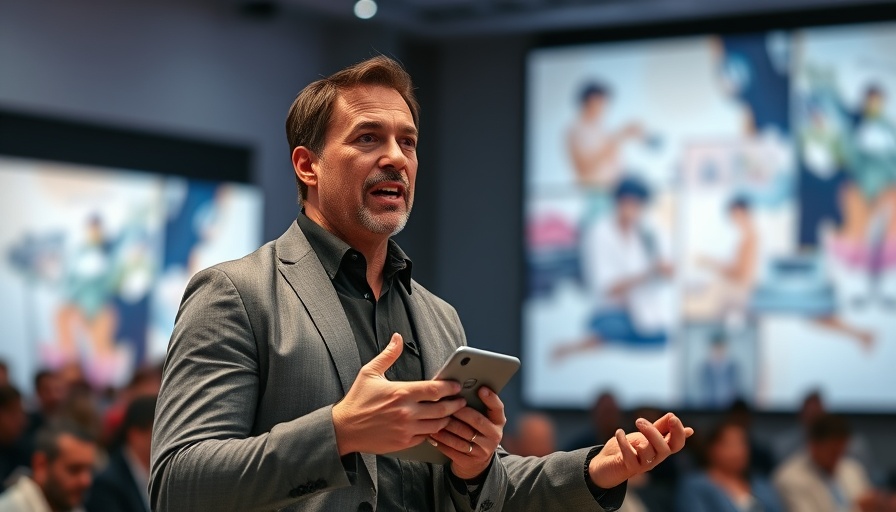
Stripe's Unique Approach to Customer Feedback
In an era where customer-centric innovation is a priority, Stripe’s CEO, Patrick Collison, has emphasized the importance of direct engagement with customers by ensuring that leadership interviews at least one customer bi-weekly. This strategy reflects a shift towards transparency and a deeper understanding of customer needs, aiming to not only gather data but to foster genuine connections.
The Value of Real-Time Insights
The integration of customers into management meetings highlights Stripe's proactive approach to customer interaction. By inviting a customer to partake in the first 30 minutes of these meetings, leaders gain fresh perspectives that may not emerge from traditional feedback methods. This initiative allows Stripe to refine its offerings and strengthen its foundations within an increasingly competitive fintech environment.
Understanding Customer Perspectives: A Case Study
Many entrepreneurs, especially in the small business startup realm, face challenges in understanding their market. Stripe’s strategy offers a parallel that can be replicated: engaging customers directly. Consider how startups, when facing customer churn, can significantly benefit from simple conversations that reveal unspoken frustrations or suggestions that instantly sprout new ideas.
Stripe's Growth Amidst Criticism
Despite Stripe’s remarkable journey, with a valuation of $91.5 billion and $1.4 trillion in payment volume, criticisms linger, especially from smaller businesses that feel overshadowed by larger clientele. Observations from users illustrate a common narrative in the startup ecosystem: balancing service between legacy and emerging clients is a delicate act. Customers are vocal about their needs and frustrations, which serves as a reminder that continuous feedback is crucial for growth.
Future Insights: What Lies Ahead for Stripe?
As Stripe continues to grow, the implications of this customer engagement strategy could influence broader business trends. What happens when a company builds its culture around direct feedback? The response could define not only Stripe's future but set a benchmark for how other tech startups operate. Businesses might increasingly adapt this model to elevate their offerings while focusing on customer satisfaction.
What Entrepreneurs Can Learn from Stripe
For startup enthusiasts, Stripe's model serves as a best practice. Engaging customers directly not only builds rapport but can lead to innovative solutions that traditional feedback channels may miss. Startups might consider establishing regular feedback loops to enhance their products or services. Strategies include forming advisory boards with key customers or implementing regular Q&A sessions to gather useful insights.
The Role of Technology in Effective Communication
Stripe’s use of technology to facilitate customer interactions further exemplifies its commitment to understanding client needs. Utilizing platforms for virtual meetups or creating a forum for customer discussions could enhance the feedback process. In a world where digital communication reigns supreme, effectively harnessing technology can streamline customer relations and open avenues for genuine engagement.
Conclusion: The Importance of Customer Engagement
In conclusion, Patrick Collison’s initiative reflects a vital lesson in customer engagement for the startup community. By making a concerted effort to listen, businesses can not only address concerns but also build stronger relationships that foster loyalty and innovation. Stripe’s approach encourages entrepreneurs to value direct input and leverage feedback as a catalyst for growth. The path is clear: start with the customer, listen deeply, and the rest will follow.
 Add Row
Add Row  Add
Add 



Write A Comment